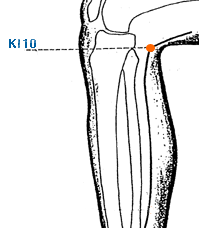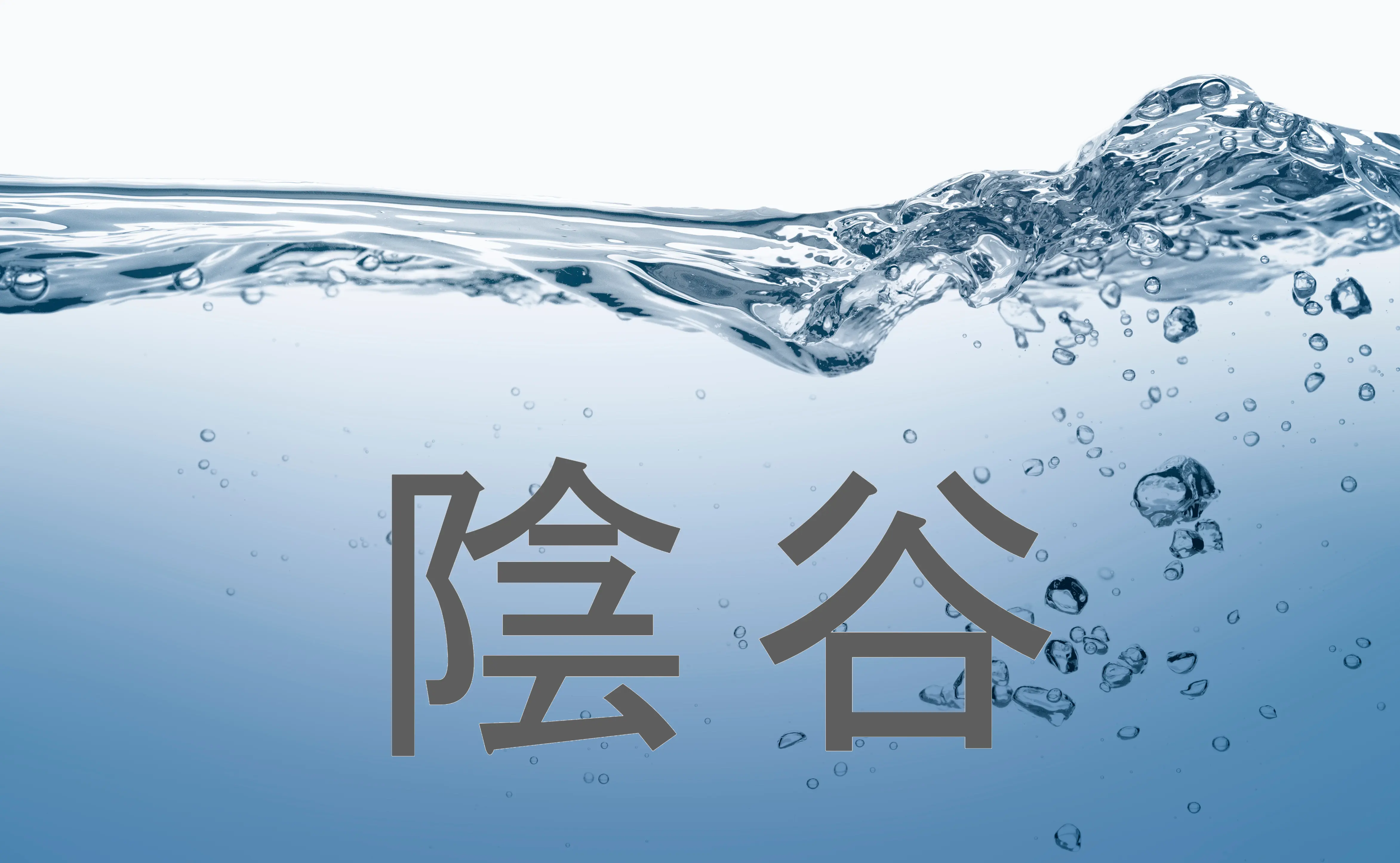As mentioned in the Shiatsu and its benefits blog, Acupressure is an ancient healing practice, rooted in Traditional Chinese Medicine (TCM) that involves applying gentle, firm pressure to specific points on the body (acupoints). These points are believed to lie along energy pathways called meridians, through which a vital life force, or "Qi", flows. By stimulating acupoints, acupressure aims to restore the smooth flow of Qi, promoting relaxation, relieving pain, and supporting overall well-being. Unlike acupuncture, which uses needles, acupressure relies on the hands, fingers, or thumbs to press on these points
In this blog, we’ll explore key acupressure points and their benefits as well as the power of point pairing, a fundamental principle in traditional Chinese medicine that strategically combines two acupressure points, to enhance their effects and achieve greater overall wellness. As highlighted in Ted J. Kaptchuk’s Chinese Medicine: The Web That Has No Weaver (p. 83, Kidney Section), the Kidney meridian plays a vital role in maintaining balance and vitality, making points like Kidney 10 (Yin Gu) essential for addressing physical and emotional well-being.
Kidney 10 point (also known as KI10) is located on the inner side of the knee. To find it, slightly bend your knee and look for the depression between the two tendons at the level of the knee crease. If you gently press along the back of your inner knee, you’ll likely find a tender spot, that’s the KI10 point.

In TCM, KI10 is considered a "He-Sea" point, which means a place where energy (Qi) gathers deeply and forms a strong connection with the Kidney system. The Kidneys regulate water metabolism, reproductive health, and the body’s foundational energy. Stimulating KI10 clears Kidney dampness, swelling or sluggishness, and nourishes the Kidneys while supporting lower body health. It’s often used for knee pain, urinary difficulties, impotence, menstrual irregularities, and other symptoms connected to weak Kidney energy. Emotionally, since the Kidneys link to fear and willpower, it can ease anxiety too.
To stimulate this point, apply steady, firm pressure with your thumb or fingers for 1-2 minutes while breathing slowly. If you feel soreness or sensitivity, it may indicate blockage or weakness, suggesting that this point could benefit from more attention.
Key benefits of stimulating KI10 are:
Clears Damp-Heat in the Lower Body
- Helps with urgent or difficult urination
- Reduces uterine bleeding
- Relieves genital discomfort (pain, itching, inflammation)
Supports Kidney & Bladder Function
- Aids in fertility and conception difficulties
- Alleviates lower back and coccyx pain
Eases Emotional & Physical Tension
- Relieves knee pain and stiffness
- Helps balance emotions (reducing fear, anxiety, and feeling overwhelmed)
- Moistens dryness in the mouth, throat, and lungs
The power of point pairing: Kidney 10 and Bladder 66 (BL66)
KI10 and BL66 create a powerful duo for balancing water metabolism, boosting Kidney energy, and supporting emotional stability. KI10 fortifies the Kidney’s root energy, while BL66 clears excess or stagnation in the bladder pathway. Together, they harmonise water flow and energy, promoting overall balance and well-being.
Try This in Winter!
Use KI10 for a refreshing cleanse, like clearing a river, removing stagnation and revitalising the body’s water system.
By Hana Starace, Certified Shiatsu & Nutritional Practitioner

